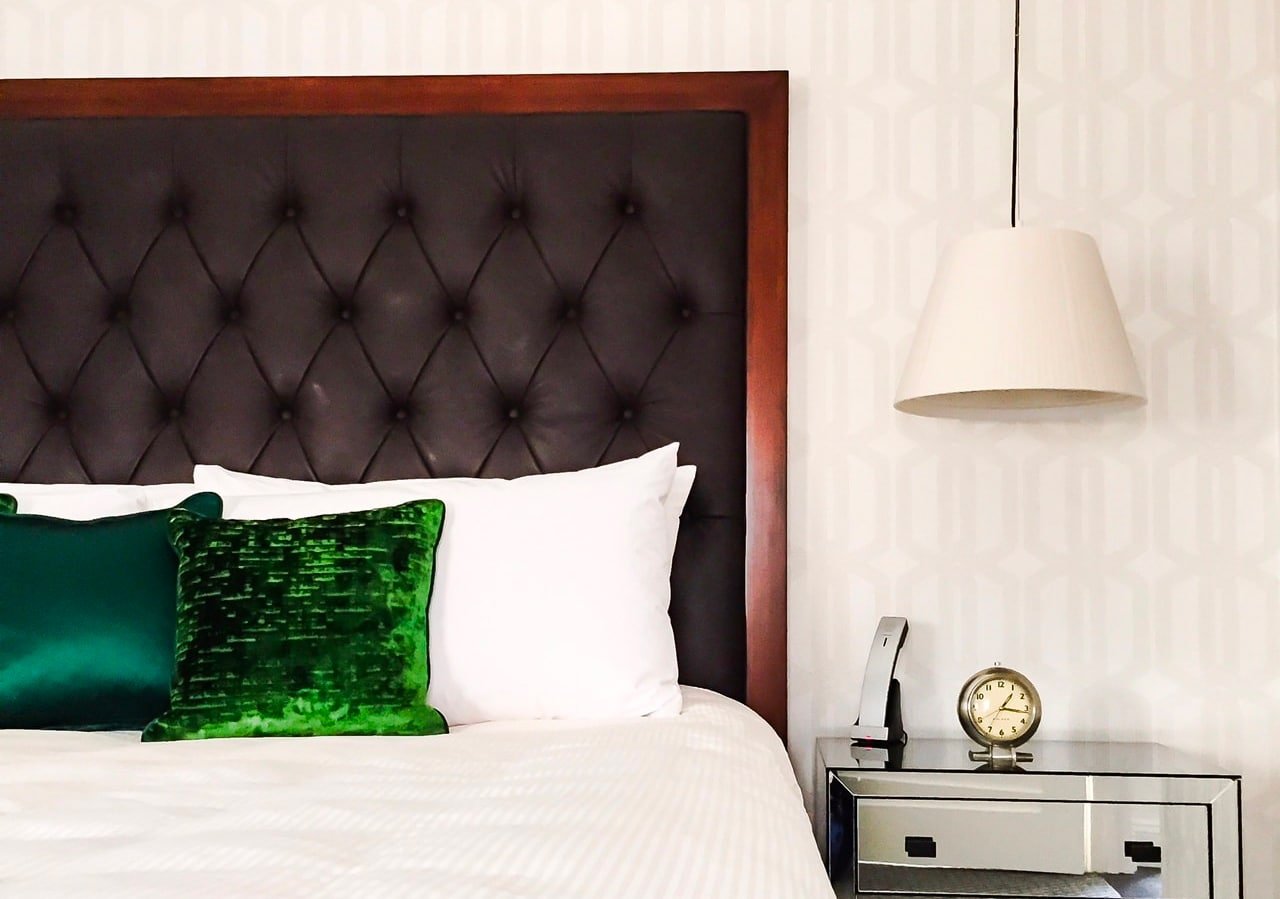This post contains references to products from one or more of our advertisers. We may receive compensation when you click on links to those products. For an explanation of our Advertising Disclosure, visit this page.
If you’ve read the travel news lately, including my newsletter, then you are well aware that there has been a major resurgence in the infestation of bed bugs. Paris has nabbed all the headlines but it’s happening all over the world. It seems one high profile case, like in the host city of the upcoming Olympics, or a celebrity discovering them in their hotel room, can really trigger headlines. RELATED: The Grossest Thing in Your Hotel Room Isn’t What You Think … And Might Even Be Dirtier Than the Toilet

This video from Home Depot tells you everything you need to know about spotting and getting rid of bed bugs and if you’re a visual learner like I am, the video is a great resource. While the video is geared more towards homeowners, there are still plenty of useful tips for travelers. For instance, they say: “Telltale signs of bed bugs include a sweet musky odor, rust-colored spots on mattresses, or bedding and bites similar to those of a mosquito.”
The video does go on to address travel towards the end (at 3:15 into the video) and suggests adding bed bug traps around your hotel room and spraying your suitcase before you pack.
The United States Environmental Protection Agency (EPA) offers this advice: “A more accurate way to identify a possible infestation is to look for physical signs of bed bugs. When cleaning, changing bedding, or staying away from home, look for:
-Rusty or reddish stains on bed sheets or mattresses caused by bed bugs being crushed.
-Dark spots (about this size: •), which are bed bug excrement and may bleed on the fabric like a marker would.
-Eggs and eggshells, which are tiny (about 1mm) and pale yellow skins that nymphs shed as they grow larger.
-Live bed bugs.”
The EPA has all kinds of information including some that will definitely make you look each time you check into a hotel or rental. For example, here’s what they say about bed bug feeding:
“Appear to prefer to feed on humans, but will feed on other mammals and birds as well. Will readily travel 5-20 feet from established hiding places (called harborage) to feed on a host. Even though they are primarily active at night, if hungry they will seek hosts in full daylight. Feeding can take 3-12 minutes. The rusty or tarry spots found on bed sheets or in bug hiding places are because 20% of the time adults and large nymphs will void remains of earlier blood meals while still feeding.” Ewww.
So, now that you know what to look for, how do you prevent them from coming home with you? AARP interviewed, Dr. Louis Sorkin, an entomologist at the American Museum of Natural History in New York who gave some eye-opening answers.
First of all, Dr. Sorkin says, “When I go to a hotel, I put my suitcase in the bathtub or bathroom. Nothing goes on the bed.” The article then goes on to say, “then he does a search, pulling back the bed coverings to look at the sheets, looking in the pillows and then pulling back the headboard.”
Another doctor AARP interviewed agrees with Sorkin. Dr. Paul Tierno, a microbiologist at New York University suggests “putting suitcases on a coffee table, away from the walls, and spraying the suitcase a few days before traveling with an insecticide or, if you’ve got small children, eucalyptus oil. Clothes should be packed in tight ziplock bags and kept there during travel. Tierno never hangs his clothes.”
The author of Bed Bug Survival Guide, Jeff Eisenberg, has good advice if you do bring the unwelcome critters home. He says that heat kills bedbugs and suggests “sticking all of your clothes into the dryer or a large square heating box called a PackTite (here’s a similar device) for things that can’t go in a dryer (like shoes and stuffed animals and coats). Heating your potentially infested things up to 114 degrees will kill the bugs.”
Before researching this article, I really never gave much thought to bed bugs and I certainly don’t look for them each time I check into a hotel. I guess in some cases, ignorance really can be bliss. But now that I have the knowledge, I’m going to use it. If you’re really paranoid about bed bugs, you might want to get some bed bug traps just so you know there’s nothing in your room. It might give you peace of mind and help you sleep better at night.
How about you? Have you experienced bed bugs in a hotel? What did the hotel do? Did you bring them home? Please share your story in the comments section below.
KEEP READING:
–The Grossest Thing in Your Hotel Room Isn’t What You Think … And Might Even Be Dirtier Than the Toilet
–This Portable Safe Helps Keep Your Valuables Safe
–How Much to Tip Housekeeping & Make Sure They Get It
–Think Before Leaving Your Toothbrush out in Your Hotel Room
–Why You Should Always Lock The Deadbolt While In A Hotel Room
Want more travel news, tips and deals? Sign up to Johnny Jet’s free newsletter and check out these popular posts: The Travel Gadget Flight Attendants Never Leave Home Without and 12 Ways to Save Money on Baggage Fees. Follow Johnny Jet on MSN, Facebook, Instagram, Pinterest, and YouTube for all of my travel posts.







